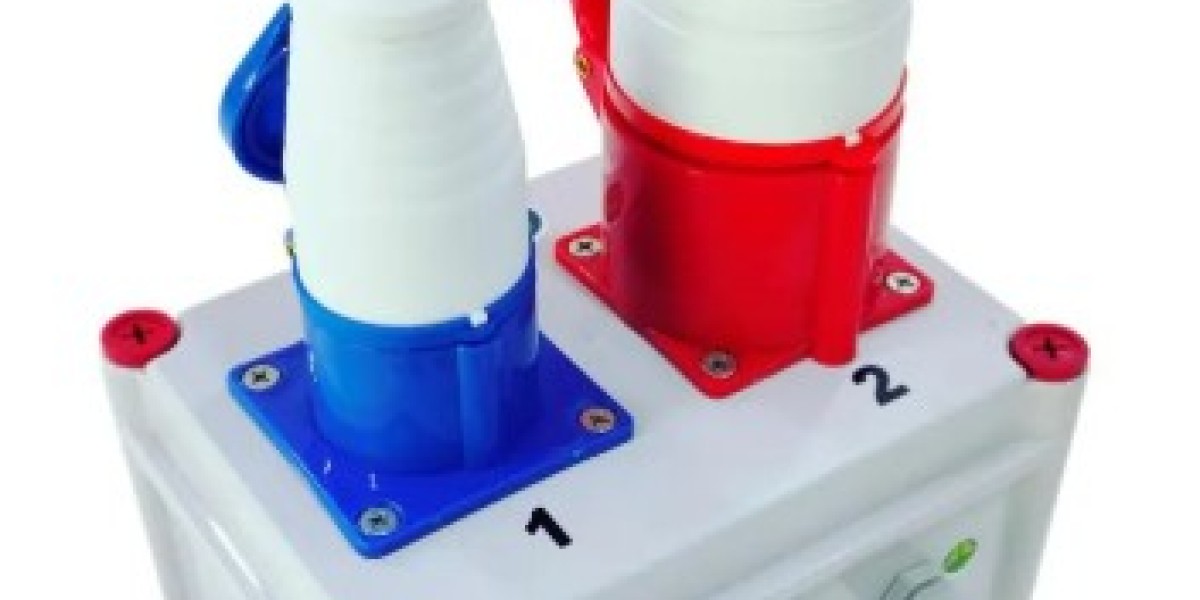As nations race to meet ambitious climate goals, electric vehicle (EV) adoption has surged—but the infrastructure to support it lags behind. Amidst this imbalance, the portable industrial socket box has emerged as an unsung hero, providing adaptable power solutions where traditional charging networks fall short. These rugged, mobile units are not just temporary fixes; they are redefining accessibility in EV infrastructure, empowering industries and communities to bridge the gap between demand and supply.
The Charging Crisis: A Global Challenge
Despite massive investments in public charging networks, gaps persist—particularly in rural areas, construction sites, and emergency scenarios. In the U.S., for example, reliability issues plague existing stations, with nearly one in five chargers malfunctioning at any given time . Meanwhile, countries like China dominate EV infrastructure with dense charging networks, leaving others scrambling to catch up . Portable industrial socket boxes address these disparities by delivering on-demand power where fixed installations are impractical or unavailable. From remote solar farms to urban pop-up charging hubs, these units ensure EVs stay operational, even in underserved regions.
Mobility Meets Durability
Unlike stationary chargers, portable socket boxes thrive in dynamic environments. Designed with IP65/67-rated enclosures, they resist water, dust, and mechanical stress, making them ideal for construction sites, outdoor events, or disaster relief zones. For instance, contractors powering EV fleets at temporary worksites can deploy these units without costly grid upgrades. Their modular design also supports customization—integrating MCBs, RCCBs, and multiple socket types (16A to 63A) to accommodate diverse energy needs.
Sustainability Through Smart Design
Modern portable solutions prioritize eco-efficiency. Many units use recyclable polymers like ABS or PC, reducing environmental impact while maintaining industrial-grade durability. By enabling renewable energy integration—such as linking solar arrays to EV fleets—they support decarbonization efforts without compromising performance. This aligns with global trends where industries seek circular economy practices to minimize waste and emissions .
Safety and Compliance in High-Risk Settings
Safety remains paramount in EV charging. Portable socket boxes incorporate flame-retardant materials and arc-fault protection to mitigate risks in volatile environments like mining or oil fields. Tamper-proof design further enhances the security of public Spaces and ensures compliance with international standards.. These features are critical as governments tighten regulations around electrical safety and emissions .
Nante’s Vision for Adaptive Energy Solutions
At the forefront of this innovation, Nante has engineered portable industrial socket boxes that redefine resilience. Their products balance portability with industrial strength, featuring intuitive designs for rapid deployment and compatibility with renewable energy systems. By prioritizing scalability, Nante ensures these units evolve alongside infrastructure demands—whether powering EV fleets or supporting smart grid transitions.
In a world where energy needs are as dynamic as the climate itself, portable solutions are no longer optional—they are essential. For businesses and communities navigating the EV revolution, the key to seamless progress lies in adaptable, future-ready power.
Explore Nante’s cutting-edge solutions at www.nante.com, where innovation meets reliability.







